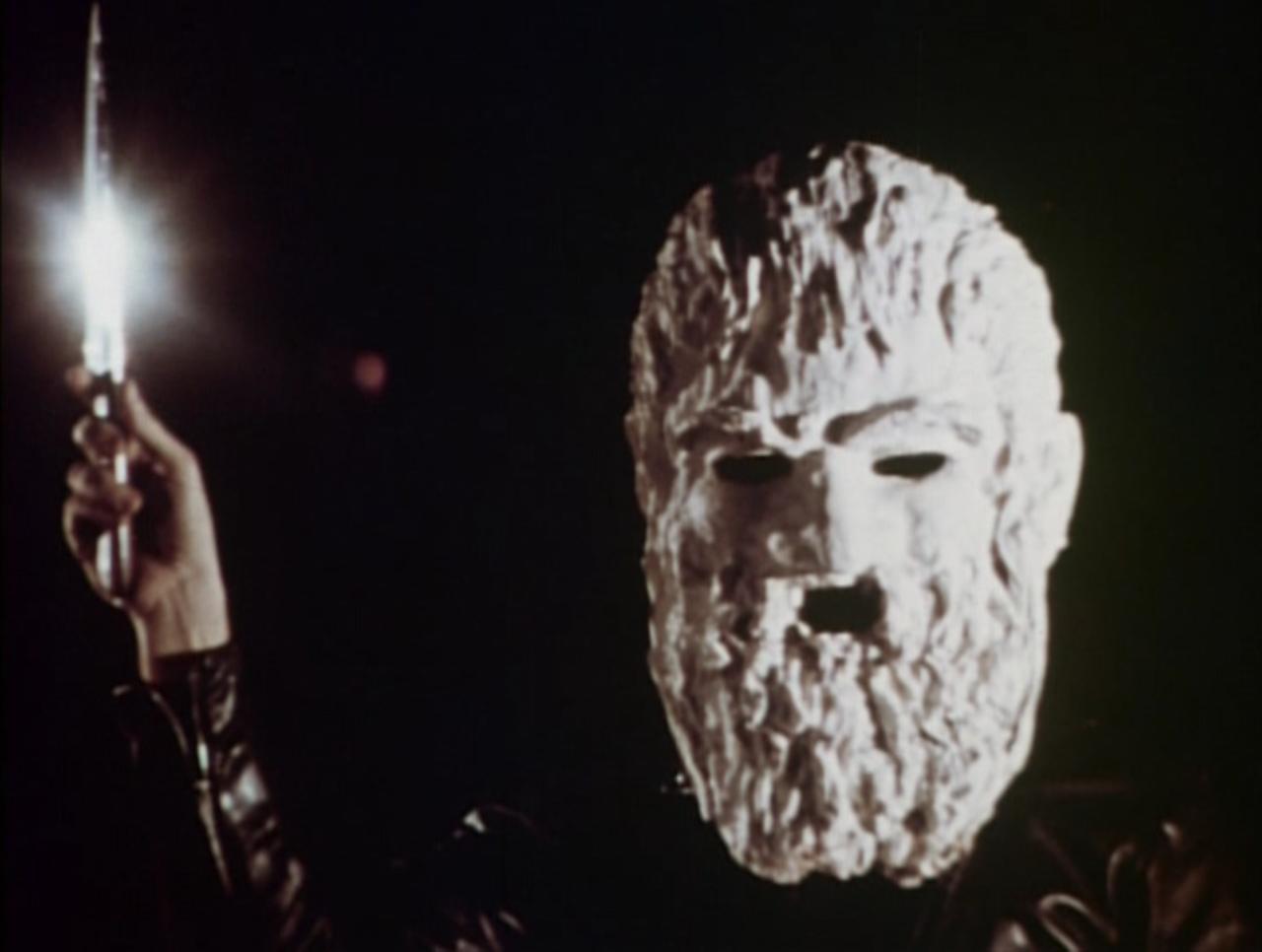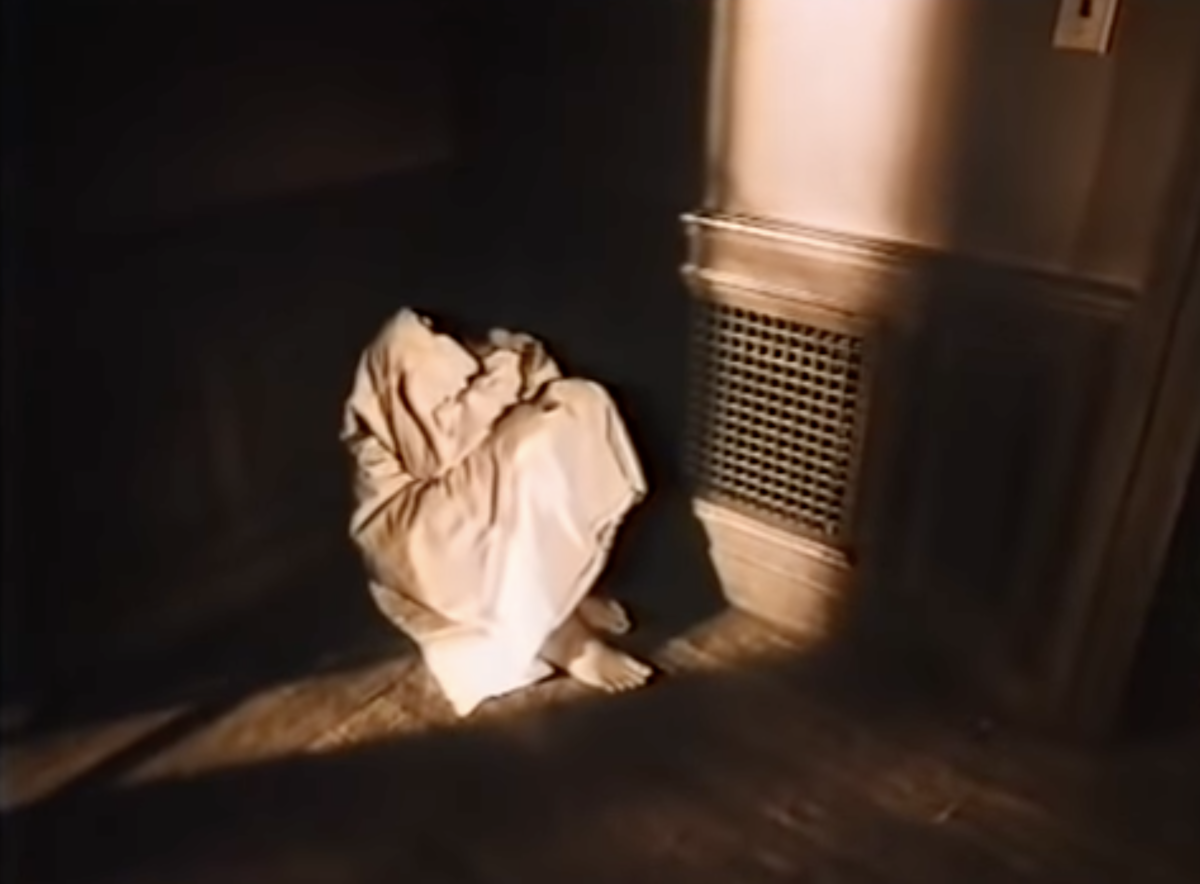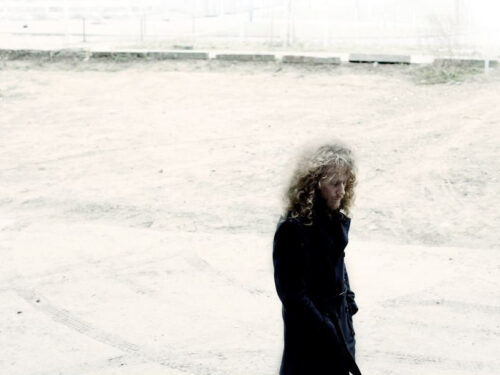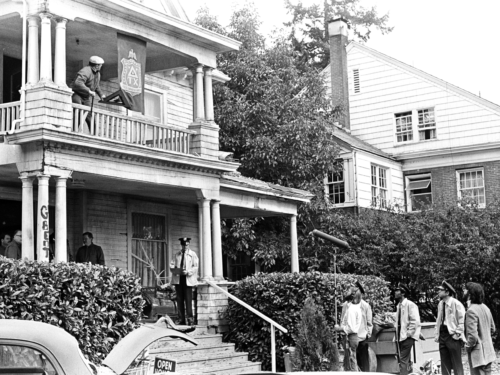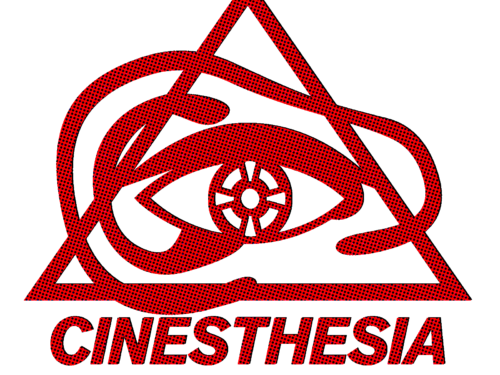The Last House on Dead End Street is a glimpse of hell on Earth that dares to answer the question of what happens when a horror film gives you everything you could ask for
Following last year’s October Horror series, I found myself concerned that I was becoming desensitized to horror films. For a long time, I hadn’t watched them beyond seasonal viewings of Halloween or the odd screening of an old Universal Monster or Val Lewton film. The violence, especially in most contemporary horror, started to bother me, and it just wasn’t something I wanted to see much anymore. But under the influence of certain friends, and inspired by my duties of co-editing a month’s worth of horror criticism, I began seeking out more horror films than ever before. While I enjoyed many of the films I watched during this period, it was slightly distressing to find how adjusted I was becoming to the cruelty on screen, accepting it as part of the genre, and appreciating the creativity and the imagination without always accounting for the brutality of it. But just as I was beginning to worry I had developed a sick tolerance, along came Roger Watkins with The Last House on Dead End Street (1977).
I can’t remember where I first heard about it, but I was immediately drawn to the twisted mystique surrounding the film. It only took a few grainy images and a brief trailer to send me on the search for it. I found that Last House was available in a 2K scan as a hidden Blu-ray bonus feature for a porno film (also directed by Watkins). I picked up the disc from Vinegar Syndrome during their Black Friday sale, cheated to find the code needed to unlock the feature and watched it the first chance I had once all family had left after the holiday season. I wasn’t expecting greatness. I thought it would be a very good, grimy horror flick, but probably nothing mind-blowing. Regardless, I set myself up for the most effective screening possible; starting the film very late and watching it alone on a dreary January night.

When the film finished, I remember sitting in the dark for an abnormally long time. After what I had just witnessed — scenes of snuff filmmakers tossing murder victims through makeshift movie screens and giant spotlights being flashed upon soon-to-be corpses — I was hesitant to flip on the light switch. It felt like a distinct possibility that something sinister could have carried itself out of the movie and into my living room, and I wasn’t taking any chances. I had gone in knowing very little about the film and left feeling like I had caught a very real glimpse of hell on Earth. It was raining that night, and after what I had just witnessed, even the gentle pitter-patter on the window sounded menacing in that moment. Last House shook me in a way few horror films, maybe only Texas Chain Saw Massacre, ever have. And after subsequent viewings, it has continued to leave me feeling afraid of my own shadow.
What follows is an attempt to understand why I can’t stop thinking about Last House on Dead End Street, even though writing about it and returning to this film have been far from pleasant, with each viewing leaving me overwhelmed and terrified, yet uncomfortably awed at what Watkins accomplished in this grindhouse masterpiece.
*****
Last House on Dead End Street begins with leather-clad cretin Terry Hawkins (Watkins, credited as Steven Morrison), fresh out of prison, stalking around a dilapidated mansion. On first impression, Terry looks like a long lost, likely evil member of the Ramones — the one Johnny and Dee Dee kept locked down in the basement. In Terry’s introduction, Watkins snarls through an echoey voice-over narration, with a snickering ferret laugh that oddly works to make him more menacing. Terry was a struggling filmmaker before he went to prison, with only a few stag films to his name. He now vows revenge on the world for his incarceration and plans to do so through his films. He breaks into the mansion, and immediately sets about transforming it into his lair and production space for the movies he plans to make. He enlists a degenerate crew of criminals and misfits for a snuff film about a strange ritualistic killing that gains the interest of Steve Randall (Steve Sweet), a sleazy producer, and his associates. What Terry’s new business partners don’t know is that the killing in their newly acquired film is very real, and Terry plans to feature them in his next production.
Roger Watkins went into making Last House, his debut feature, with a unique resume for a 22-year-old. In his early years working in film, he acted as an apprentice for Nicholas Ray, received his first Bolex from Otto Preminger and was influenced heavily by Fellini, Godard and other European filmmakers while studying film in New York. Watkins was ambitious and rather cocky. He knew he could make a name for himself with a truly terrifying horror film. He did just that, although notoriety would come much too late for his own ambitions.
Watkins was also in the throes of a methamphetamine addiction during the production of Last House. Without taking anything away from his obvious skill before and behind the camera (he is credited as writer, director, and editor, among many other odd jobs, all under different pseudonyms), his addiction may have been the most pronounced influence upon Last House. As Stephen Thrower notes in Nightmare USA, amphetamines “shut down your tender feelings,” going on to describe Last House as
“a film that succeeded in fingering your every cruel and callous wish for the genre; it didn’t falter dramatically, it didn’t screw up with trite dialogue, it didn’t let itself down with corny music. The overall vibe ricocheted between arty and primitive, and when it came down to the wire, the wire was barbed; red in tooth and claw.”
The primary inspiration for Last House came from the Manson Family murders, which had shaken the world only a few years prior. Throughout the film’s first half — which pales in comparison to its extended nightmare of a final act — Watkins is relentless in establishing the cynical and morally destitute world of Terry and the pornographers. He roots the early scenes in that scuzzy realism found in so many ’70s grindhouse films. As Terry gathers his crew, we are shown as many offensive and disturbing images as possible, including footage from a slaughterhouse and a white actress in blackface being whipped by a hunchback servant as entertainment for an industry house party. Watkins charges these images with more than just shock value. He is less interested in the despicable act itself as a means of repulsion than in emphasizing the effect, or more precisely, the lack of, that it has on the figures within the film. He cuts around the party to guests, who laugh like they are watching a child’s magic act, while Steve Randall and others complain of how incredibly bored they are. When Terry enters their lives though, he appears to be the extreme thrill they’re chasing, as he seduces the above-mentioned actress, an established porn director’s wife, and creates the brutal films Steve desires to out-edge his competition. Members of Terry’s own crew seem scared or untrusting of him at first, but something eventually draws them to him. They become consumed by his nihilistic charisma, no longer shocked by what he does in front of the camera, but fanatically invested in seeing his mission through to its end.
*****
While Watkins’ vision and his various inspirations and influences manifest with startling effect in Last House, the finished product — the only version of the film now available — is far from resembling his initial ambitions. Following a lawsuit with one of the film’s actresses, battles with producers and distributors, substantial cuts, reedits, multiple title changes, all of which were beyond Watkins’ control, the film was released in a truncated form in 1977.
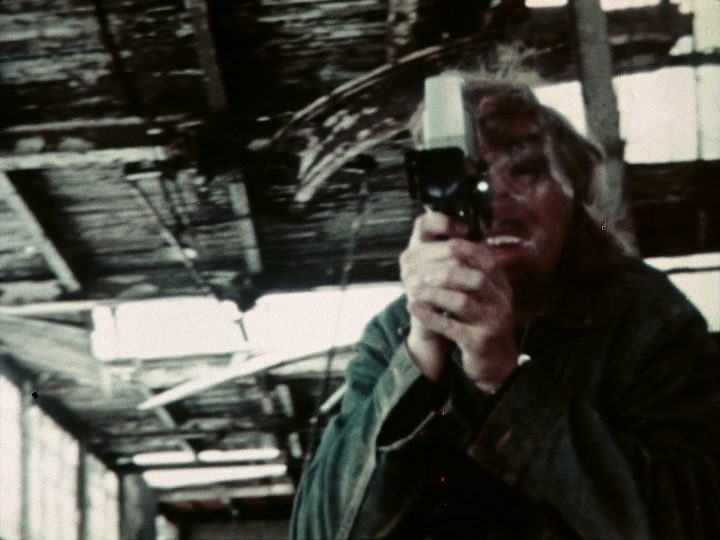
But the film’s 78 minutes are immense; as if any excised scenes can be felt like a phantom limb. This density comes mostly through the film’s dread-filled final half, taking place during the production of Terry’s snuff opus. If the first half shows how the sausage is made — taking us behind the scenes of Terry’s disturbing first production and business dealings — the extended finale is a face-first tour through the meat grinder. Watkins tosses Steve and his desensitized smut-manufacturing associates into Terry’s hands. His presence behind the camera strips away any form of emotional shielding built through their cynicism or business-like removal from the content they promote in their own films. Terry leaves nothing to the illusions or artifice of movie making. His “realism,” which the pornographers have only marveled at before, makes the staged depravity they peddle and toy with in their daily lives an immediate and visceral reality. Terry’s production is very theatrical. Each killing takes place as a unique set piece, including a mock surgery, a screening room murder after one of Terry’s stars fails to direct a scene Terry assigns him, and a final humiliation that crescendos into an electric drill attack. Terry’s crew alternates between manic mugging for the camera and going deep into character for their various roles in each murder. And let’s not forget the imposing spotlights that we experience from the perspective of Terry’s victims, blinding us as they are cast directly into Watkins’ camera.
Yet the terror that ensues is only partially from the acts themselves — which are already extremely brutal. Last House often resembles the work of Kenneth Anger — particularly Scorpio Rising (1963) and The Inauguration of the Pleasure Dome (1954) — during its scenes of ritualistic murders taking place before the cameras. Once Terry lures Steve Randall and his associates onto his set, the film takes on a pageantry, a sinister decadence that seeps into the very fabrics of the film itself and seems to stretch and elongate time to accord for whatever dastardly act its creator deems fit. Terry and his gang don a collection of masks while filming, including transparent, vampiric plastic face coverings, complete with garish makeup, and a large Greek sculpture head that Terry wears while whispering incantations to his victims. The film sheds any definitive relation to time and space at this point; allowing scenes to go on and on, often surrounding its characters in undefined blackness and turning its dilapidated setting into a disorienting labyrinth for Terry’s victims to search before meeting their end.
As the film’s hallucinatory final act progresses, you become most scared not of the villains on screen, but the mind behind the film and where it’s going to take you. Last House manipulates time and tone like few other films. Even the most disturbing horror films follow certain conventions that give you the reassurance that there will be at least some form of relief, even if it’s just that the film itself will eventually end. Last House feels like it could go on forever and lead anywhere. Watkins eventually ditches any recognizable structure for an immersion into what feels like completely untethered chaos — of course, creating that feeling is where his structuring becomes most important. Thrower compares the film’s mean spirit to ’60s garage rock like The Seeds or The Monks. But even those songs are a bit too formally tame for a true comparison. They may convey a similarly rough nihilism in their lyrics, but they still follow rather standard pop song formats. A more apt comparison would be 1970’s Fun House by The Stooges (Rather fittingly, The Fun House was an alternate title for Last House), in which the music can switch between menacing grooves on a dime. The comparison is particularly relevant in the still-dangerous sounding pairing of the title track with the album’s apocalyptic free-form closer, “L.A. Blues.” The transition between these two songs feels like the Gates of Hell are opening within your speakers. Lester Bangs’ words on Fun House easily apply to Last House when he says the album “never sits still quite long enough to actually solidify into what it previously seemed.” It would be easy to apply words like “devolving” or “transgressing” when describing Last House’s final act, but that would suggest a loosening of its form. The film maintains control of its structure as Terry and his crew wreak havoc on their set. Its presentation is so entirely visceral that the violence and the unrelenting pursuit of gruesomeness by his characters becomes almost hypnotic. It’s a feeling like you’re stuck flatlining in a sustained, unending final vision of death soon-to-come.
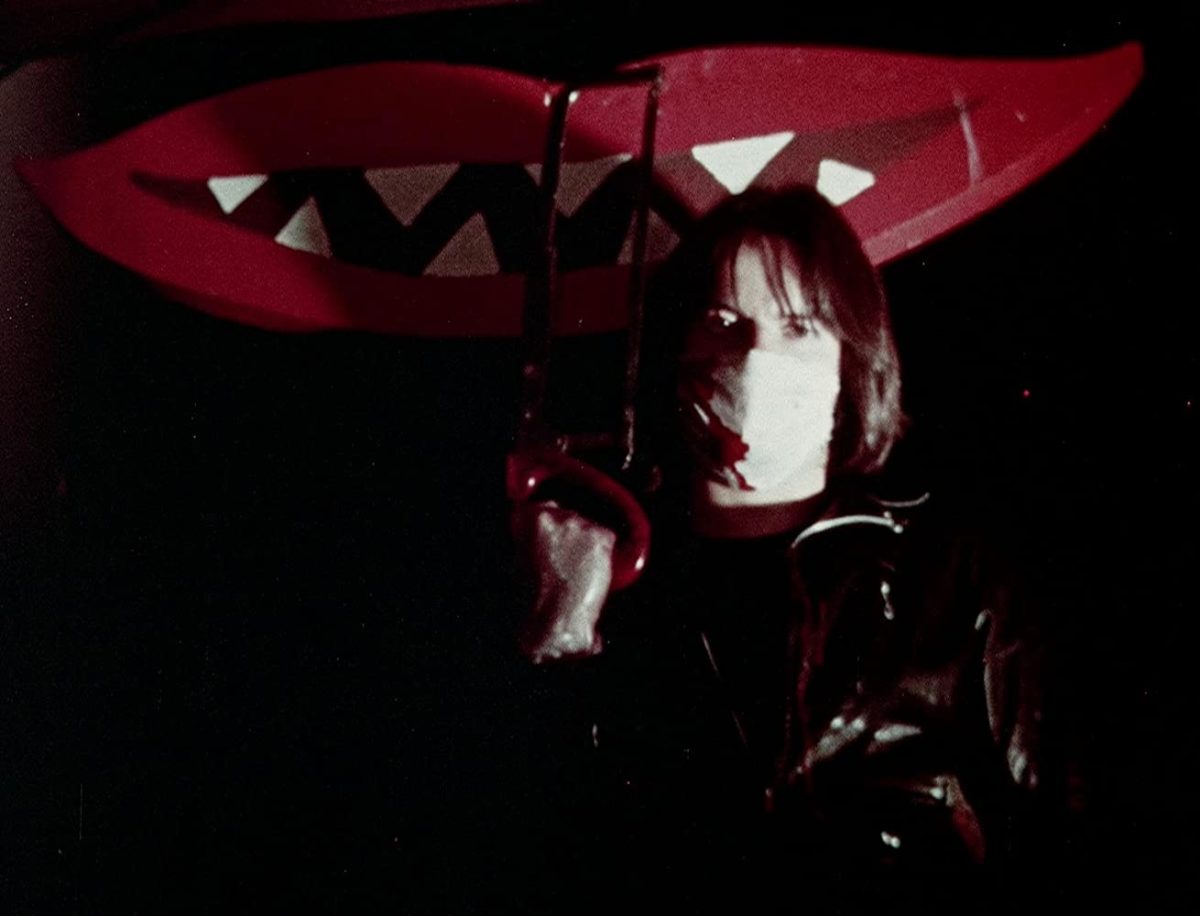
The horror of Last House is something I haven’t quite experienced in other great horror films. For instance, in Tobe Hooper’s best work, you’re so completely drawn into the sticky, sweaty atmosphere that there is a near tactility to the horror: you feel stuck to the furniture and the Texas heat seems to radiate off the screen. In a film like Angst (1983), you are placed inside the deranged mindframe of a serial killer during a killing spree; his inner monologue makes you feel complicit in his acts as the film aligns us with his perspective. These films are unrelentingly visceral and disturbing in different ways, yet they both create a twisted form of escapism for viewers. They are meant to be immersive experiences, one atmospherically, the other coldly psychological.
Related: Salting the Franchise Fields: The Texas Chainsaw Massacre 2 by Bennett Glace
With Last House, escape doesn’t feel possible. So often, “movies about movies” use their reflexivity to keep viewers at a sterile remove; pulling their imaginations out to theoretical distances to ponder the medium or the act of seeing and viewing. This is not the case with Last House. Watkins manages to sustain an utterly unique tension. He uses a Godard-like backstage/production narrative a la Contempt (1963), but he attacks it with the world-building decadence of a grindhouse Fellini. You’re at once completely sucked into the atmosphere of Terry’s set, yet also held at a strange reflective distance. The scenes that work to build that distance into the film, such as Terry screaming, “I’m directing this fucking movie!” repeatedly while murdering one of his victims in an undefined space surrounded by masked figures with cameras, only make the experience more immersive, more disorienting, and more terrifying.
****
There is what I believe to be a misconception among many film viewers that great horror movies need to transcend their genre; to be more “literary,” “grandiose,” or “dramatic.” We can see this in most appreciations of classics like The Exorcist (1973) or The Shining (1980), and more recently in the praise heaped upon Ari Aster, Jordan Peele or Robert Eggers, where people point to the “epic scales” of the productions or the “strong character development” in the script, as if they legitimize them as better than their B-movie brethren. I find a great deal of these attempts to mold horror within these notions of “quality” — the whole “Elevated Horror” thing — to be mostly a missed opportunity. Why is it so desirable for horror films to be so definable in their form? Horror really reaches another level when it takes away the safety of traditional story arcs, the comfort of orientation, by making us venture beyond the familiar and into imaginative spaces that can’t be easily navigated.
Along with Texas Chainsaw Massacre and only a select few others, Last House on Dead End Street is among America’s ultimate horror films. It pushes us to not only wrestle through some of the most harrowing scenes of horror ever committed to celluloid, but it takes us to the next level of recognizing how twisted our desires to be scared can be. It imagines for us what the outcome of having those desires met would entail.
For most of the pornographers, the second half of the film is a brutal wake-up call to their diminished humanity, albeit one that has come far too late. When Steve Randall is being tortured and humiliated just before his ultimate demise, the final move Watkins makes is to have a character hold a mirror up to his face so he can see himself being forced into his most degraded state. He is soon let go and allowed to look at his captors, who begin taking their masks off to laugh more directly into his face. The moment is among the film’s most disturbing, not only because of the cruel giddiness exhibited by Terry’s crew, but because we have been aligned with this character since he entered Terry’s set. In the final scene, he is left defenseless before the production lights and the camera, made to star in the very type of film he promotes so heartlessly and amorally. The terror in his eyes registers on multiple levels, one being the recognition that the name of the game is pushing the extreme; the aim of these films is to be the most shocking and outrageous trash on the market. But with Terry, the production is orchestrated with maniacal artistic intent rather than the sterility of a smutty porn industry set. In his final appearance on screen, we can see in Terry’s grin that his passion and vision has been articulated fully and without compromise on any front.
But Watkins makes no point of teaching us a lesson on morality. He is too deep into the mood of the film, too interested in enveloping us in his work to stop and show off. The film is terrifying for the extremes of what we see these characters being subjected to, but perhaps it’s mostly because we recognize we are receiving everything we could ever ask for from a horror film. This is terror in the purest sense. This is violence rendered in both its rawest and most stylistic fashion. And through it all, spanning the entirety of Terry’s production, those spotlights aren’t just pointing at the characters, but shining right at us. And the cameras are rolling.
Further Reading: Released in 1980 after a troubled production, Shadows of the Mind is Watkins’ horror follow-up to Last House on Dead End Street. Read about the film here:
Find more October Horror 2020 here:
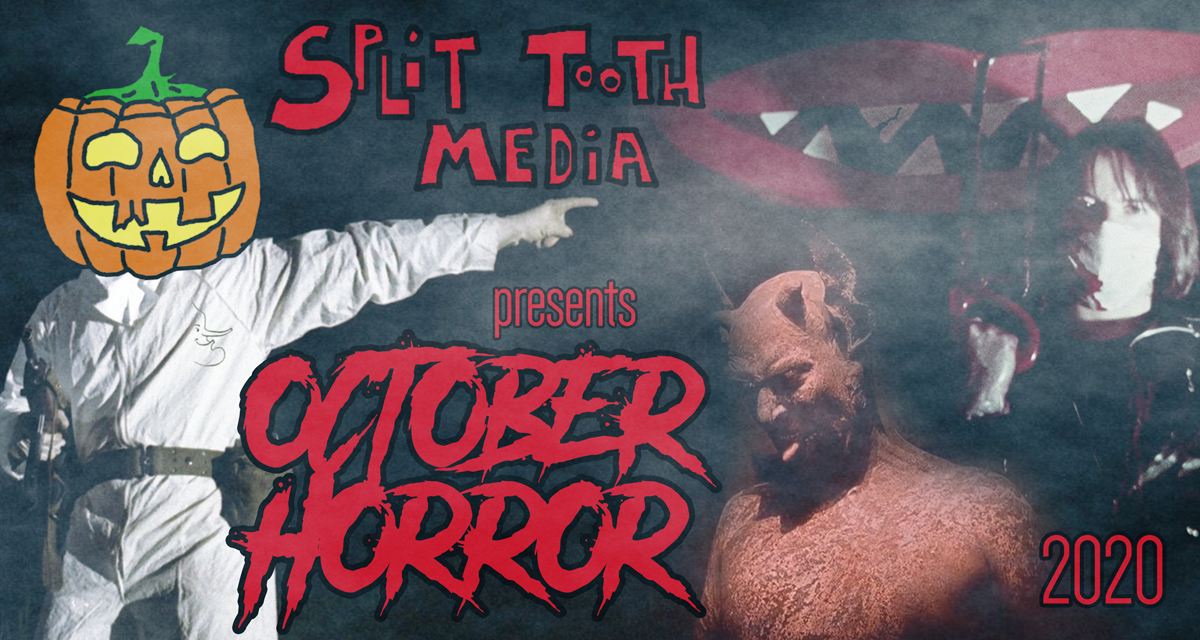
Follow Split Tooth Media to stay up to date with all things October Horror
This post was updated on Nov. 9, 2020 to revise information regarding the film’s initial release.
(Split Tooth may earn a commission from purchases made through affiliate links on our site.)

